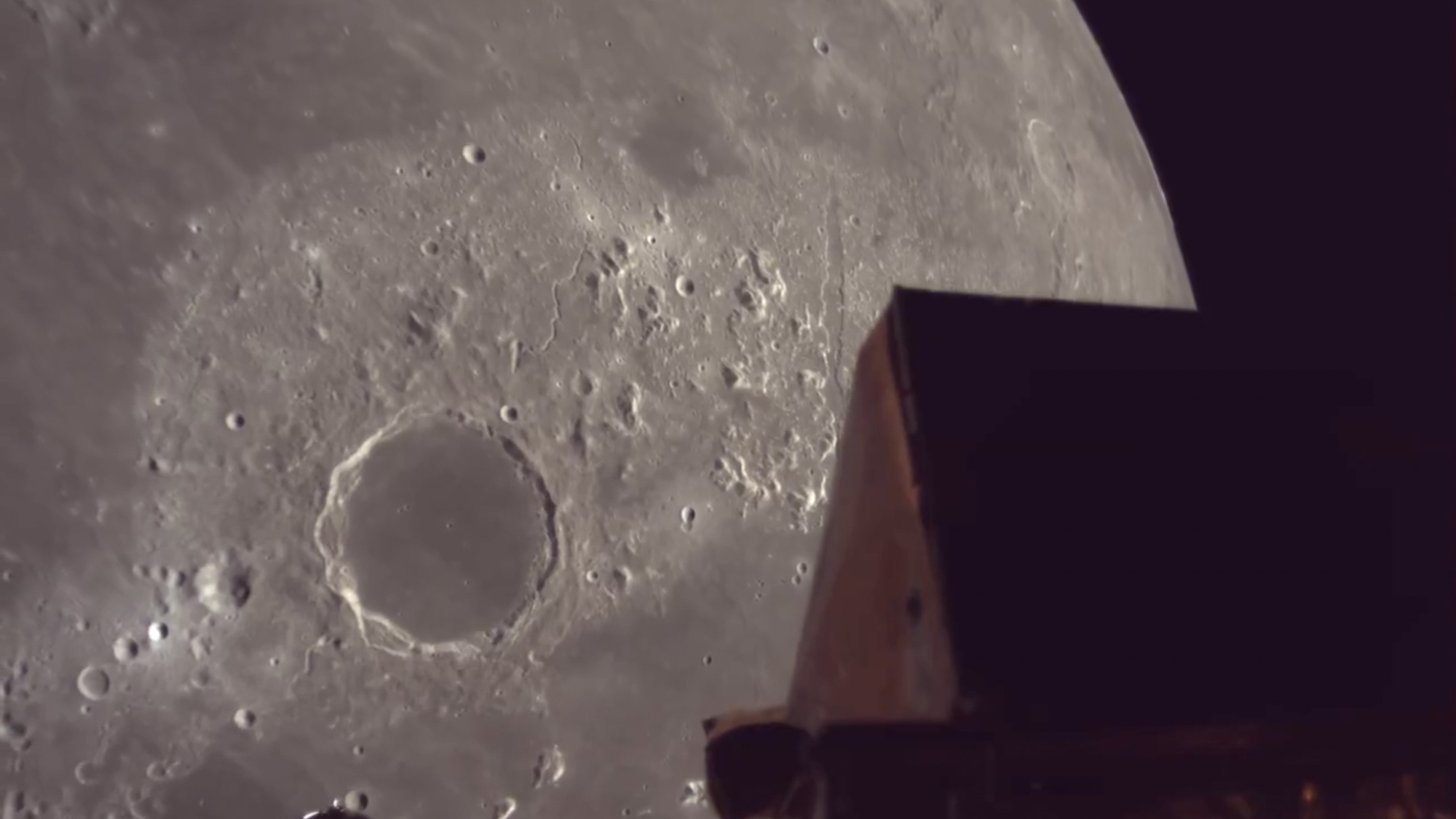'Star Trek: Section 31' got us thinking... Should you have to do your homework before you watch a movie?
The latest 'Star Trek' movie assumes plenty of prior knowledge of a vast franchise — and it's not alone.
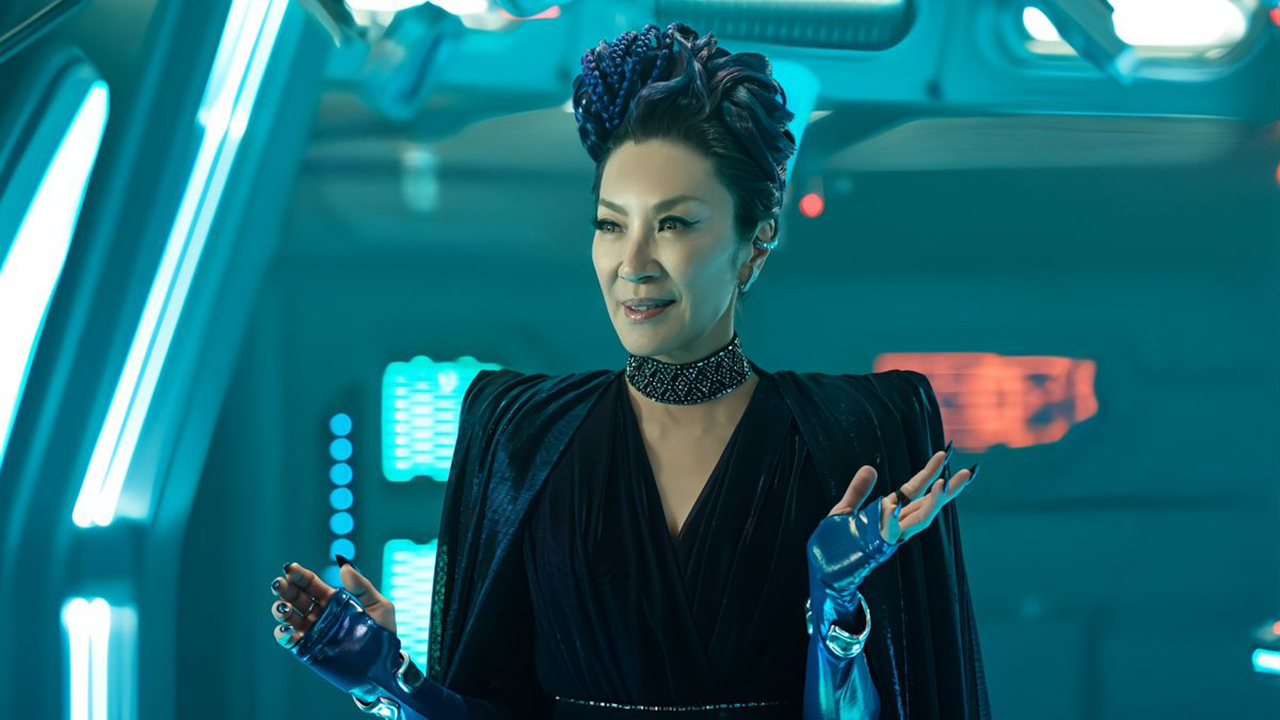
Let's start with a small thought experiment. It's Saturday night and you spot a new "Star Trek" movie on your Paramount+ homepage. You're not a hardcore fan but you enjoyed "The Next Generation", "The Wrath of Khan" and the JJ Abrams reboot. You're also drawn in by the fact this interstellar version of "Mission: Impossible" is headlined by Michelle Yeoh, who starred alongside James Bond in "Tomorrow Never Dies", recently appeared in "Wicked", and won herself an Oscar for "Everything Everywhere All at Once". That's got to be worth a try, right?
MINOR SPOILERS FOR "STAR TREK: SECTION 31" AHEAD
"Star Trek: Section 31"'s opening flashback introduces a young woman (played by Miku Martineau) who murders her family to prove she's worthy of leading a sadistic entity known as the Terran Empire. Weirdly, however, she's not the villain of the piece. Instead, she's the younger version of an antihero we meet — now played by Yeoh — in a futuristic bar somewhere outside Federation space. As a blink-and-you'll-miss-it mission briefing explains, this woman's name is Philippa Georgiou.
It's something of a Catch-22 that, unless you'd already seen "Star Trek: Discovery", you wouldn't know you needed to. But if you had watched the show's first three seasons, you'd be aware that Georgiou ruled the Terran Empire in the parallel Mirror Universe (see also: Original Series episode "Mirror, Mirror"). And that she escaped into the prime timeline (ref: "Discovery" season 1), before following the rest of the Discovery crew to the very distant future of the 32nd century (ref: "Discovery" season 2 episode "Such Sweet Sorrow, Part 2" ).
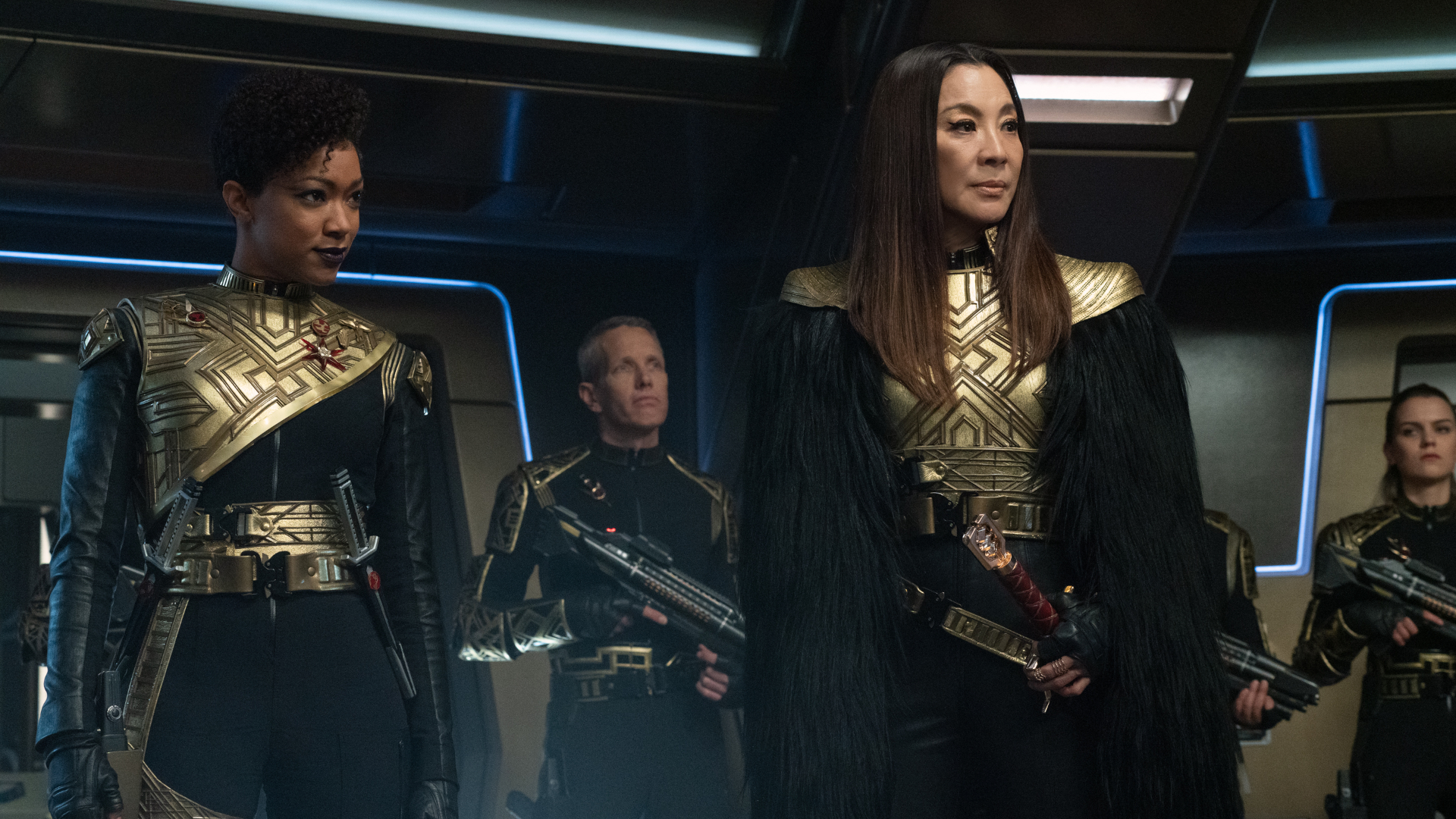
You'd also know she was subsequently transported back into the past (ref: Discovery season 3 episode "Terra Firma, Part 2") by a sentient portal known as the Guardian of Forever (ref: Original Series episode "The City on the Edge of Tomorrow"). And that she had a brief stint working for the eponymous Section 31, Starfleet's answer to the CIA or MI6, whose disregard for standard Federation procedures is legendary (refs: "Deep Space Nine", "Enterprise", "Star Trek into Darkness", "Discovery", "Lower Decks").
If all that was news to you, well, you're kind of on your own because — aside from establishing that she comes from a parallel dimension and did a lot of bad stuff — "Section 31" makes little effort to explain Georgiou's backstory. And not even hardcore fans get to skip the background reading entirely, because the only clue given about the film's place in the "Star Trek" timeline is the stardate, 1292.4. (Unless you're already a Starfleet captain, you probably wouldn't realize this equates to a few decades before "The Next Generation". )
You don't technically need to know all this to watch "Section 31". After all, it feels more like a big, dumb '90s action movie than your average day on the starship Enterprise, and shares minimal connective tissue with previous "Trek"s. Even so, there's no denying you're at a disadvantage if you have no prior knowledge of Georgiou's backstory, or even the dubious history of Section 31.
Get the Space.com Newsletter
Breaking space news, the latest updates on rocket launches, skywatching events and more!
All of which raises some important questions: how much should filmmakers assume their audiences know in advance? Should we just accept that doing our homework is now an integral part of the franchise-viewing experience?
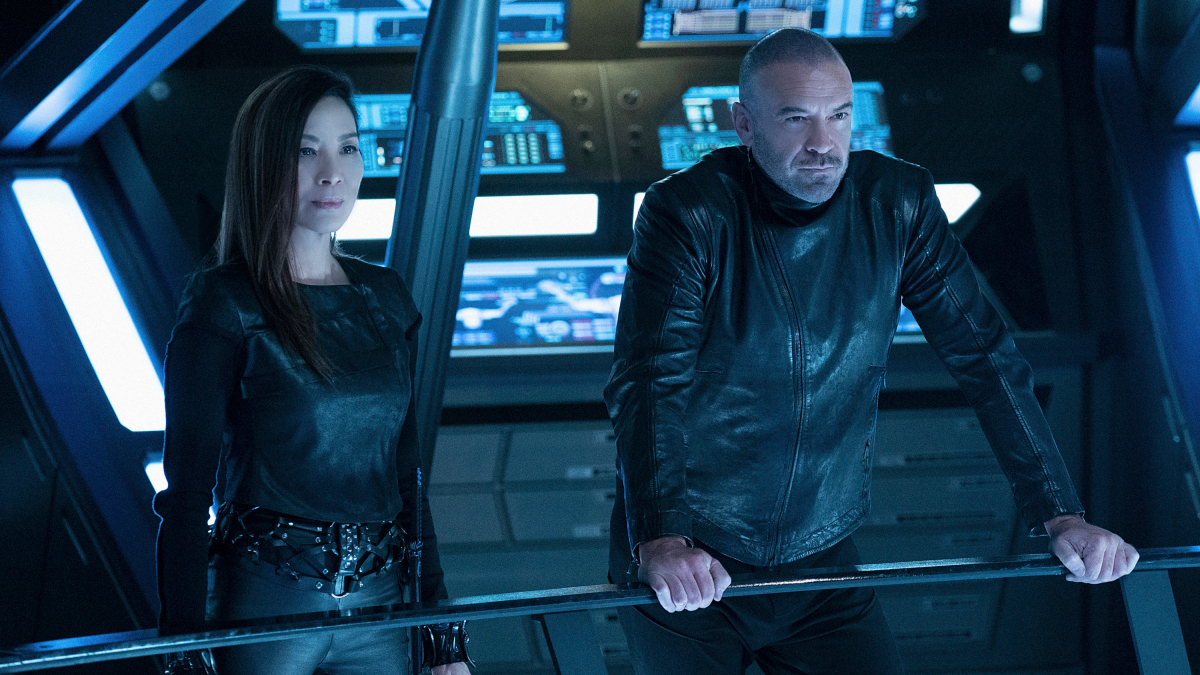
Anytime you watch a sequel or a serialized TV show, it's assumed you've seen the previous installment(s). Nobody would expect you to go into "The Empire Strikes Back" without first experiencing "A New Hope", for example, while "The Return of the King" would be impenetrable if you hadn't already read/watched its Middle-earth predecessors. Anyone jumping into "Game of Thrones" in the fourth season is unlikely to last more than five minutes.
But when you enter the realms of the mega-franchises, the sheer volume of canon becomes overwhelming. Prior to "Section 31" there have been well over 900 episodes of "Star Trek" TV, as well as 13 movies. The vast majority of this content is just a few taps of a remote control away on Paramount+, but that doesn't mean everyone has the time — or the inclination — to work through key episodes, just to fill in some gaps in a character's backstory. It's easier to read the relevant pages on the online "Trek" encyclopedia Memory Alpha.
In recent years "Trek"'s expanding shared universe has also made a virtue of every show being different. It's now entirely reasonable to like, say, "Star Trek: Picard" but not "Lower Decks". Completism is not — and should not be — essential.
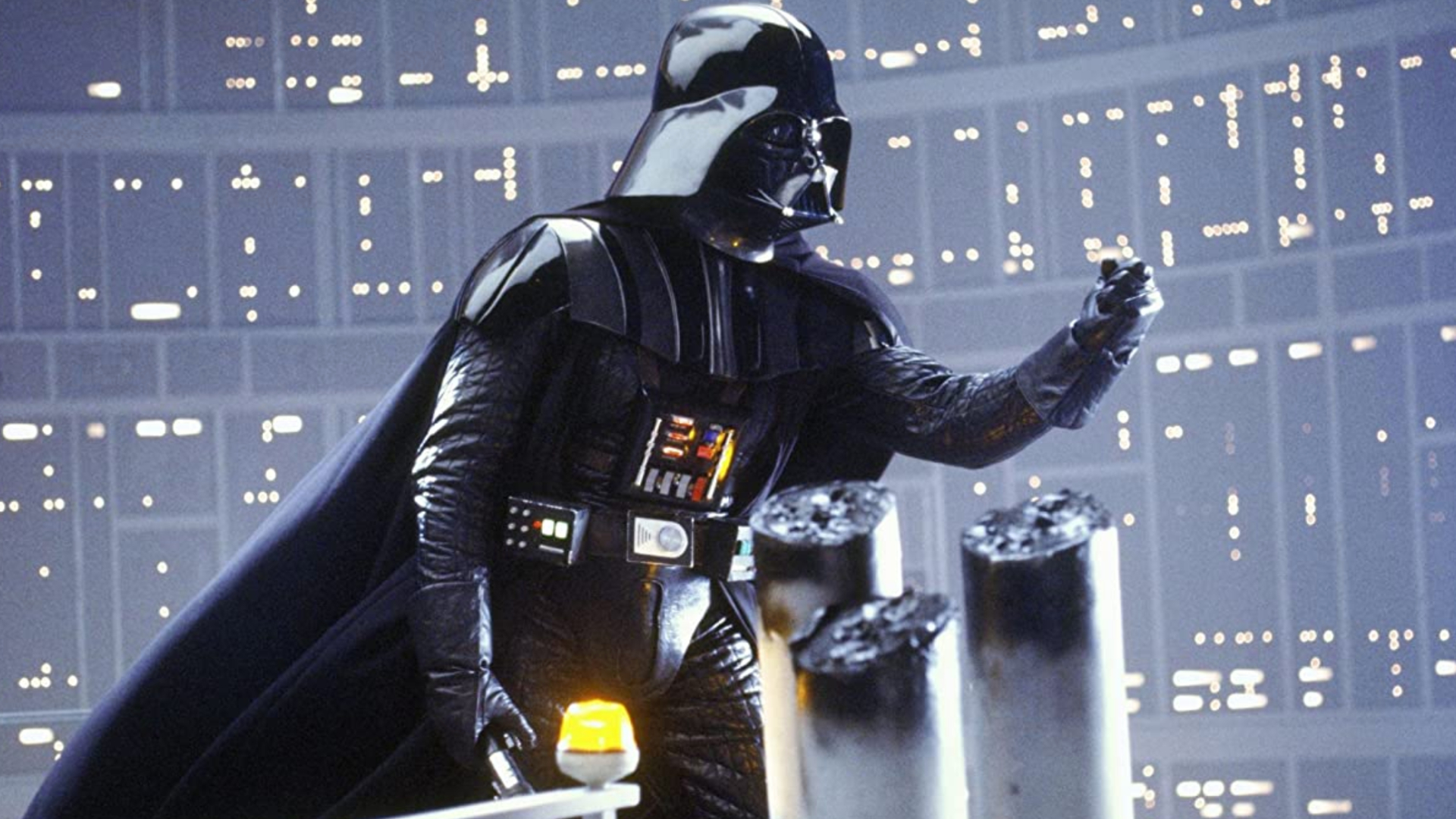
"Star Trek" is not alone in this over-reliance on its vast canon. It was definitely helpful to know a bit about the High Republic era (previously portrayed in books and comics) before diving into the short-lived "Star Wars" show "The Acolyte". And, in addition to the traditional "Star Wars" opening crawl, "Ahsoka" should have come with a pre-credits advisory pointing viewers towards "The Clone Wars" and "Star Wars Rebels". Anyone who watched those animated shows in advance had much better understanding of why finding wannabe Jedi Ezra Bridger and Imperial Big Bad Grand Admiral Thrawn was such a big deal.
The Marvel Cinematic Universe, meanwhile, functioned brilliantly while the 23 movies of the Infinity Saga were building up to the epic conclusion of "Avengers: Endgame". But as TV shows and multiverses have become part of an increasingly complex equation in Phases 4, 5, and beyond, you almost feel obliged to cover your walls in charts and diagrams just to keep up. The latest installment "Captain America: Brave New World" (in cinemas now) leans heavily into the events of the second MCU movie, 2008's "The Incredible Hulk", an outing that a) has little to do with Captain America; b) is over decade-and-a-half old; and c) is widely regarded as one of the most forgettable entries in the canon.
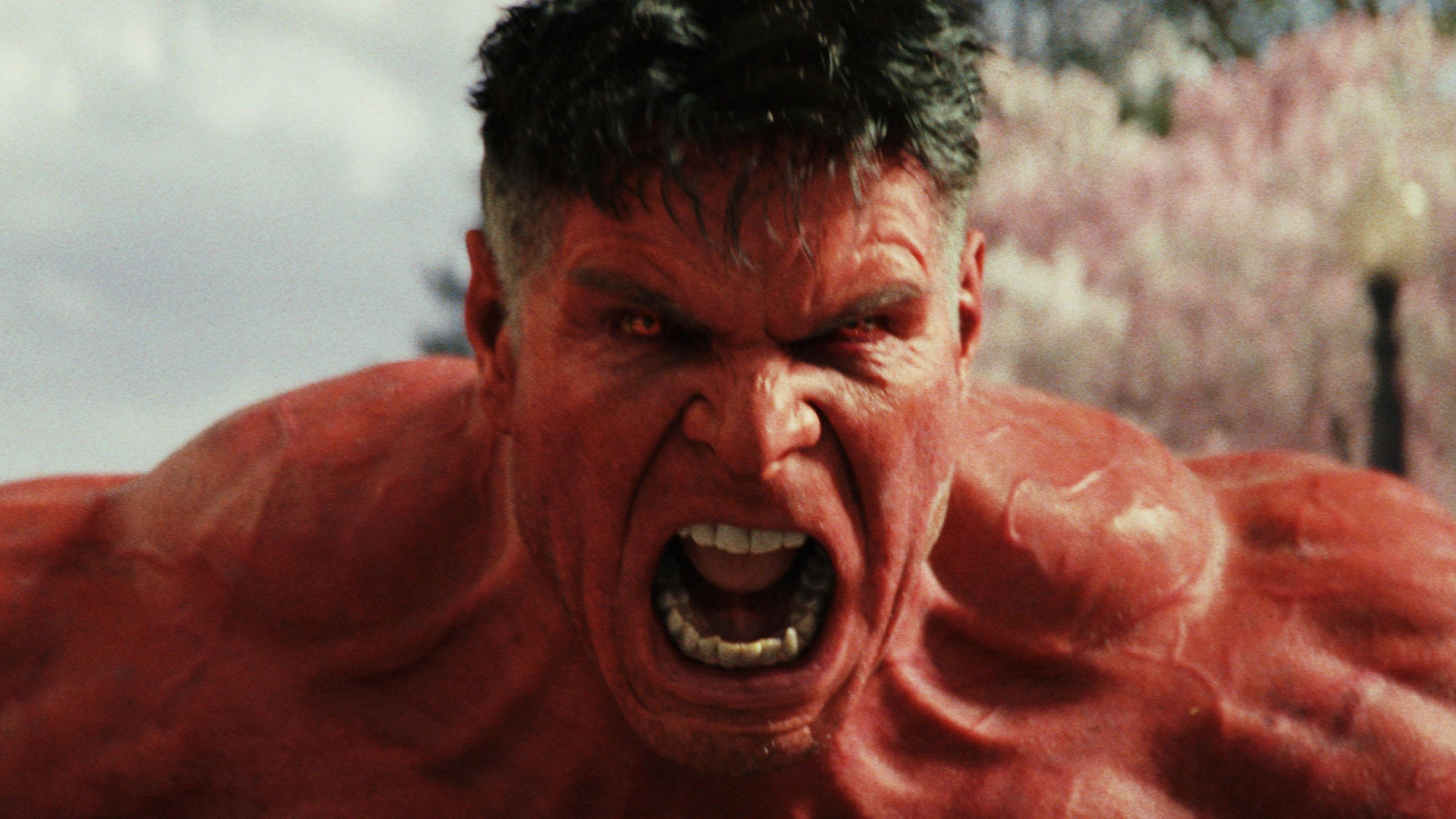
None of these moans are intended to dismiss the importance of clever in-jokes and references to past adventures. Such things have long been the bread and butter of the biggest sci-fi franchises, and, for fans, there's an undeniable thrill when you're the only person in the room who spots the hidden meaning in a cameo or casual remark. But crucially it doesn't matter whether or not you knew that Turkana IV — a planet mentioned at the end of "Section 31" — is the homeworld of "The Next Generation"'s Tasha Yar. It's pure fan service that has zero impact on the plot.
So while "Across the Spider-Verse" style footnotes or full-on glossaries (it worked for Frank Herbert's original "Dune" novel…) would probably be overkill, the big stuff about character histories and the geopolitics of parallel universes deserves a proper on-screen explanation — whether or not it's been referenced elsewhere in the franchise. Because if "Star Trek", "Star Wars", Marvel, and the rest become entirely reliant on completists, they won't have much of a future at all. And besides, keeping up with your favorite entertainment shouldn't feel like work.
"Star Trek: Section 31" is available to stream now on Paramount+.
Join our Space Forums to keep talking space on the latest missions, night sky and more! And if you have a news tip, correction or comment, let us know at: community@space.com.
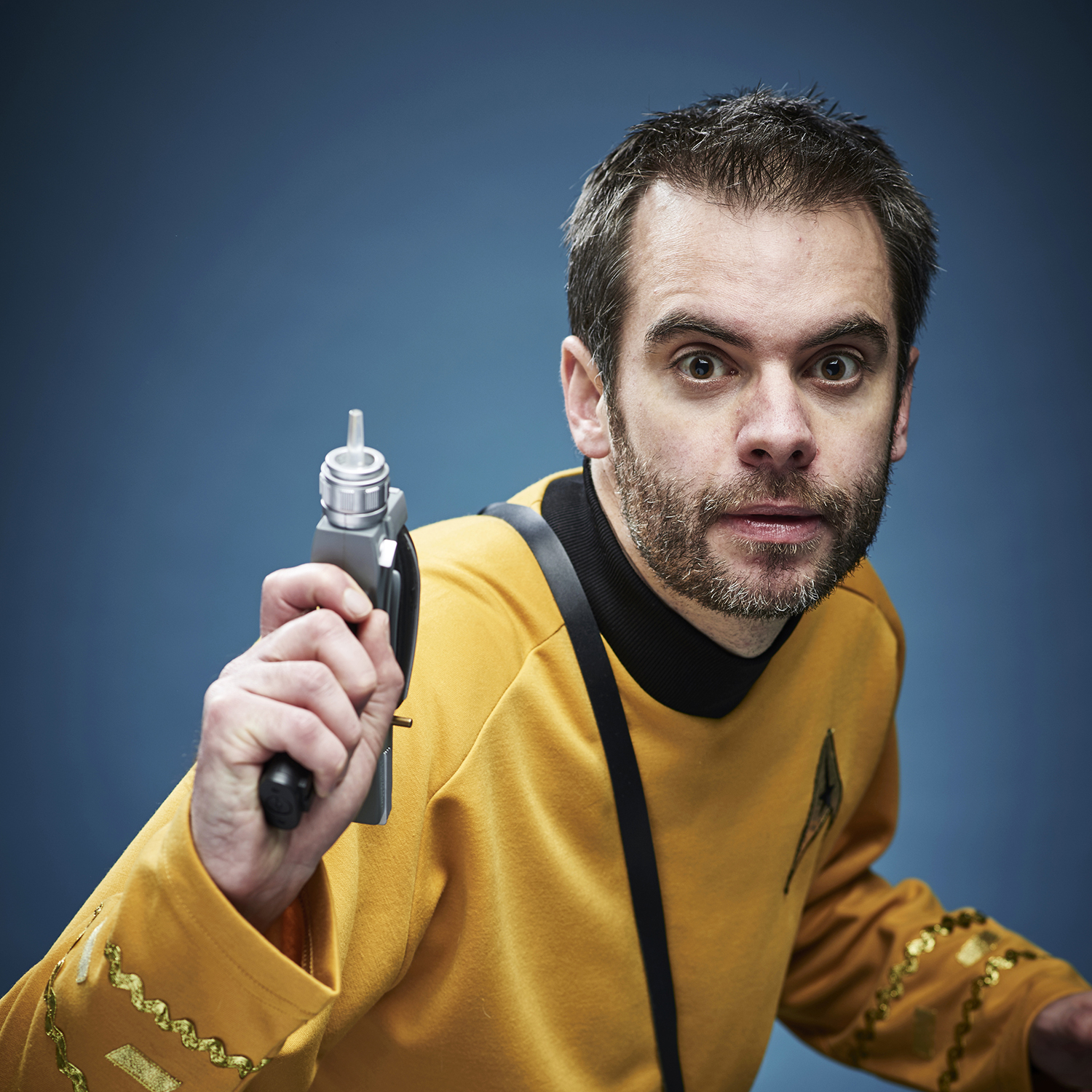
Richard's love affair with outer space started when he saw the original "Star Wars" on TV aged four, and he spent much of the ’90s watching "Star Trek”, "Babylon 5” and “The X-Files" with his mum. After studying physics at university, he became a journalist, swapped science fact for science fiction, and hit the jackpot when he joined the team at SFX, the UK's biggest sci-fi and fantasy magazine. He liked it so much he stayed there for 12 years, four of them as editor.
He's since gone freelance and passes his time writing about "Star Wars", "Star Trek" and superheroes for the likes of SFX, Total Film, TechRadar and GamesRadar+. He has met five Doctors, two Starfleet captains and one Luke Skywalker, and once sat in the cockpit of "Red Dwarf"'s Starbug.
-
Jules1234 AA movie should be able to stand on its own and tell a complete story without virtually anything that you need to know. Every james Bond is able to do this because we all understand he's a spy.Reply
Backstories are not needed to be explained. -
edross The bigger issue is that almost anyone who's familiar with the underlying source material will know well enough not to watch. This is one of the worst Star Trek characters spun out from the worst Star Trek TV show about the most premise-defiling concept in Star Trek. This is taking a bath in creative toilet water. Their only hope is that the audience doesn't realize what they're watching in advance.Reply
